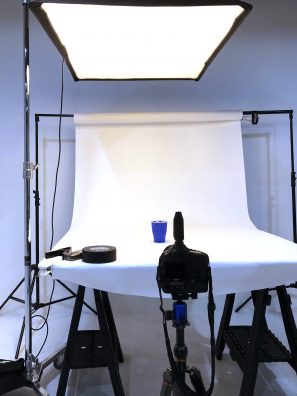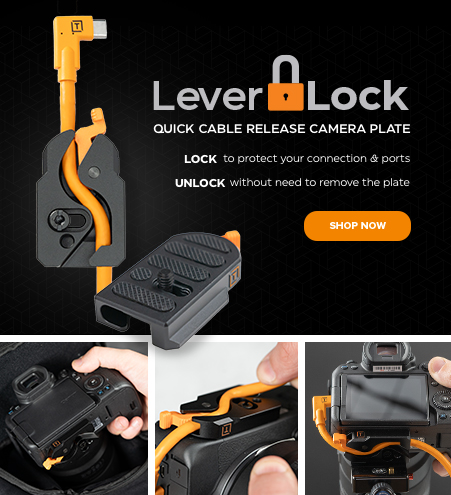
For most of my career as a photographer, tethering wasn’t an option, or even a practical part of my workflow. Most of my background is as a photojournalist: always on the move, always on a deadline, and always shorthanded for help.
I started right at the dawn of the digital age, in that odd timeframe when people were still calling digital photography a fad, and loudly declaring that they’d never be able to make a sensor that was capable of the resolution of 35mm film, let alone medium and large format film. I was somewhere in the middle. I understood the doors that were about to open thanks to digital photography and was so excited to be near the ground floor as it hit, but also clung to my darkroom tongs. I loved the solitude of the darkroom and the breathtaking experience of sliding a blank piece of paper into some funny smelling liquid and having an image that you created appear out of nothing. That magic, and the fact that it took a little bit of time. The anticipation that built up while developing film and making prints made your photos seem so much more important and personal.
I was a photography assistant while in college and had had helped on some tethered shoots. This was a few years before the time of Live View on digital cameras. Tethering for me was just another tool, a neat but at the time painfully slow way for art directors, designers and public relations people to see how the photos were turning out in real time. A useful innovation, but one that had little bearing on the photos I wanted to take and where I wanted my career to go.
Years later, well into my career as a newspaper photographer, I started to delve into food photography as part of my assignments and discovered a new dimension of my job that allowed me to take my time and have as much control as I wanted. There are so many moving parts and so many places for things to go wrong and ruin a good image and it’s a chore to manage all of them at once when you work alone.

It was while trying to take my food photos to the next level that I rediscovered tethering. It wasn’t a natural choice for me. It had been so long since I had shot that way and in my head I viewed it as such a limited tool. I had never used it in a situation where I was shooting by myself before and had only ever considered it to be something done when there needs to be a lot of collaboration with many different people.
By this time Live View had come around and I was able to see my setups and lighting in real time on a nice clear laptop screen instead of the small screen on my camera. I was freed from being stuck behind the lens and could now move around and concentrate on the setup and style the food. I appreciated that mobility but what I didn’t realize right away was that this also helped me slow down and take my time to get things right.
I slowed down when I shot tethered. This was in part because I now had a lot of cables to work with, but also because the amount of detail and they all contributed to the final image were more visible and accessible. It reminded me of the days of shooting film, when you had to take time to make things right the first time.
I would take my time, getting every piece on the plate in just the right place, every reflection deadened or enhanced, every fold of a napkin or shadow obscuring something tasty filled-in. It brought back that anticipation of the final image. It’s not the same feeling as waiting and watching as your image magically appears in front of you but it’s close. I have always loved the seat of the pants experience of covering a news assignment or sporting event, where you know that your skills and intuition will help you get the best image possible. But shooting tethered and slowing down is such a different experience from that. It makes me appreciate the time and effort I’m putting in and creates more of the feeling that I created this image, and not just got a lucky shot.




